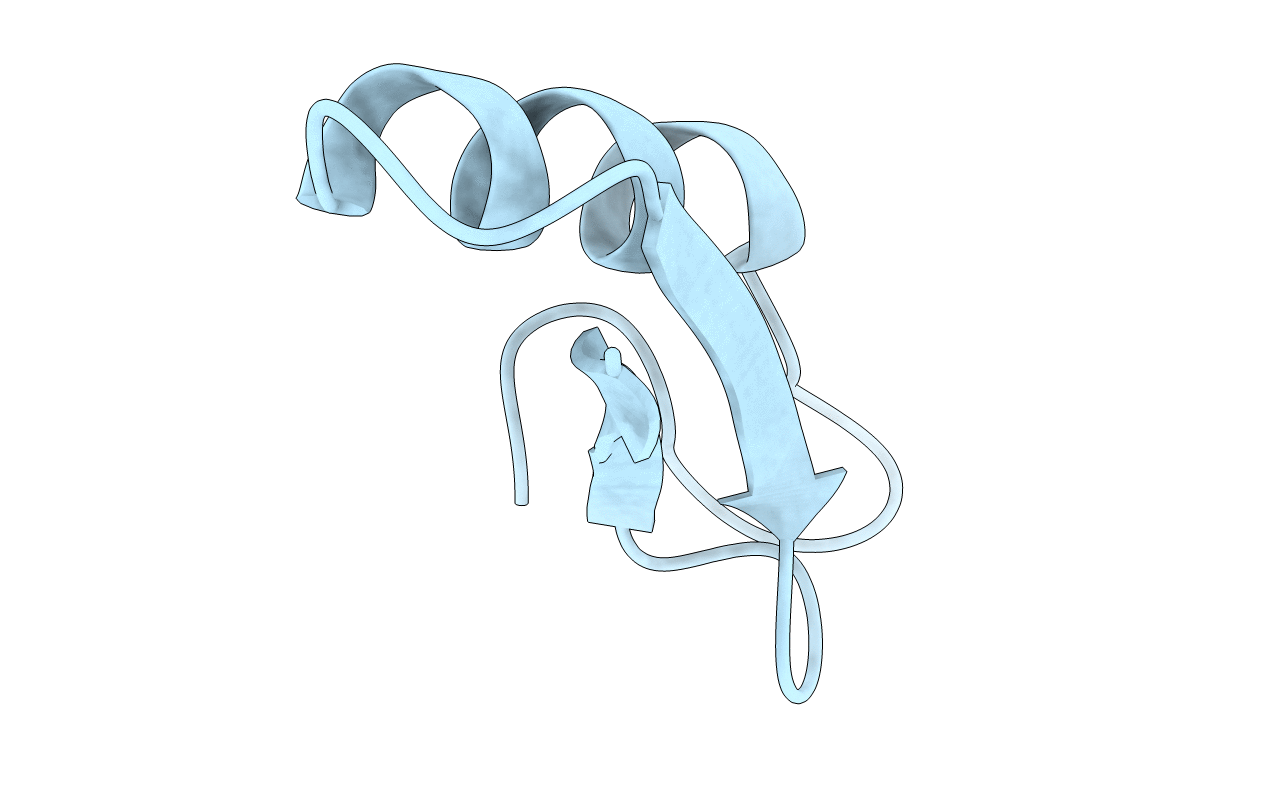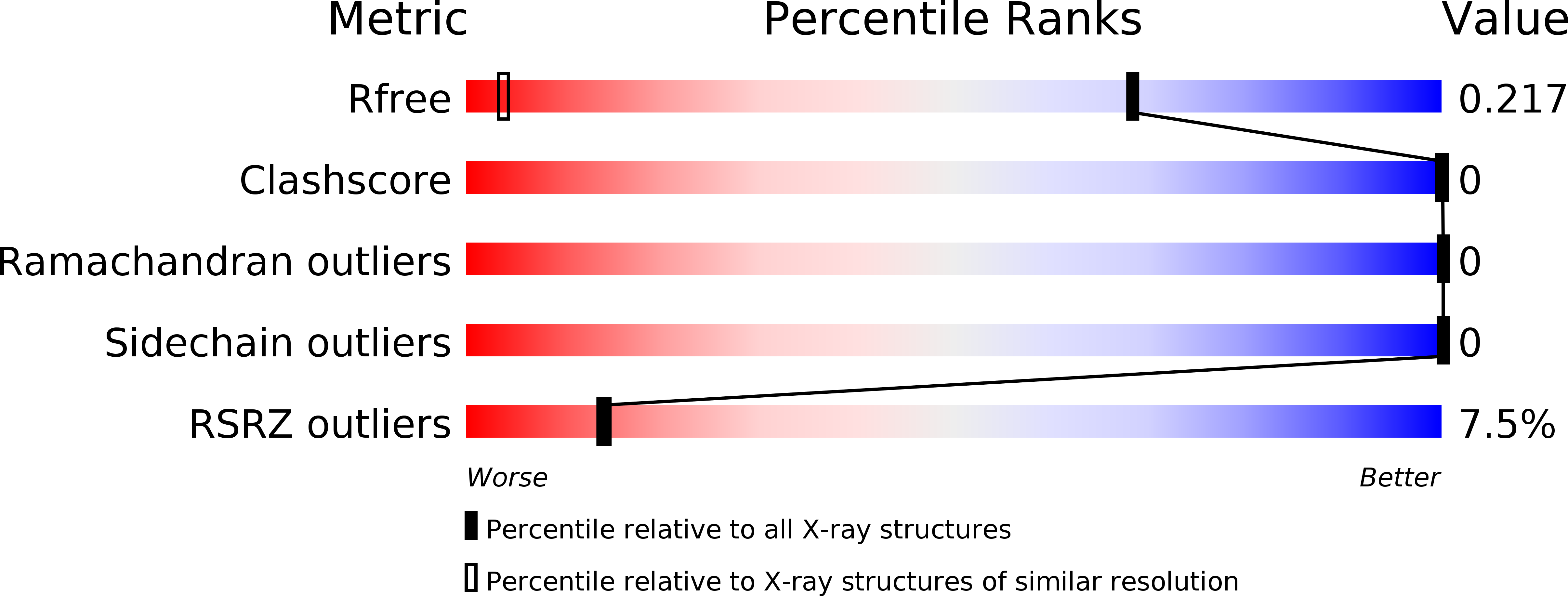
Deposition Date
2008-08-18
Release Date
2009-06-09
Last Version Date
2024-10-16
Entry Detail
Biological Source:
Source Organism:
Method Details:
Experimental Method:
Resolution:
1.00 Å
R-Value Free:
0.22
R-Value Work:
0.20
R-Value Observed:
0.20
Space Group:
P -1


